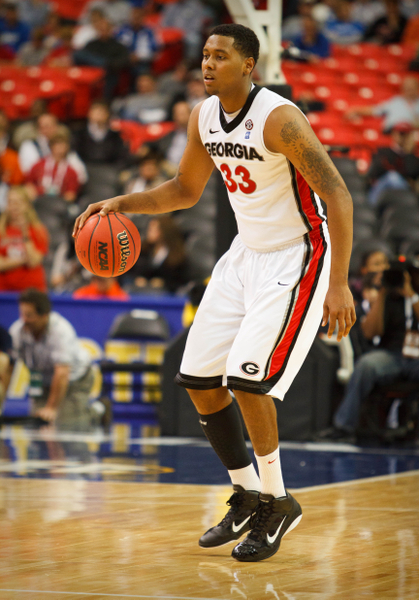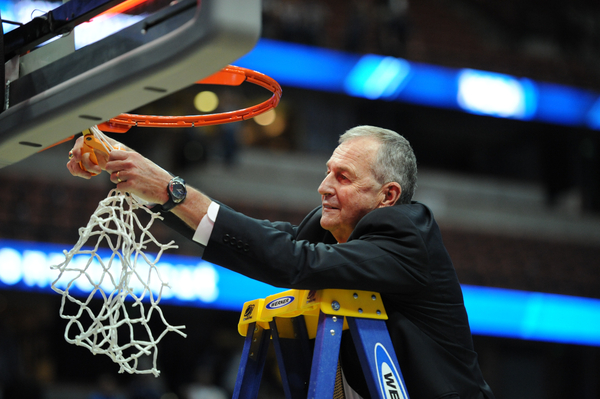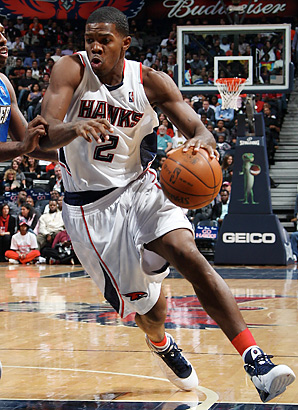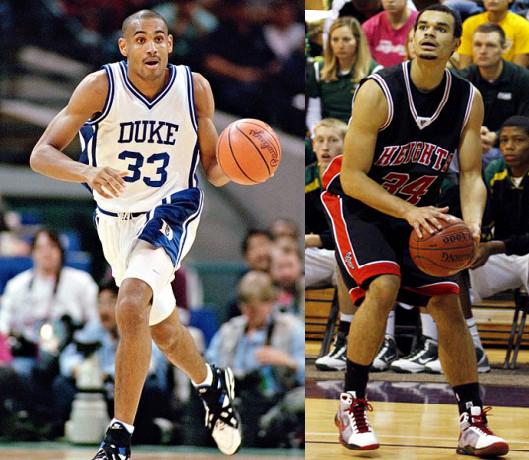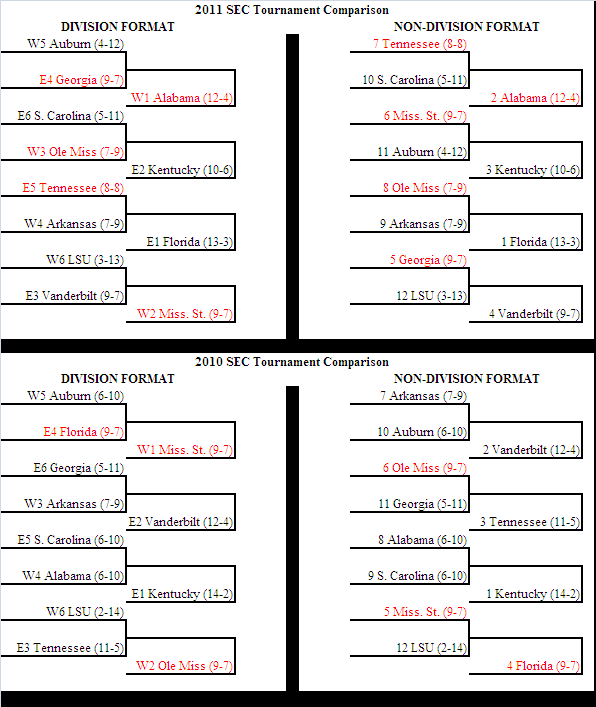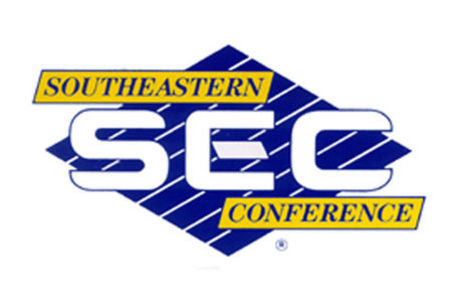
Rush The Court is back with another edition of One on One: An Interview Series, which we will bring you periodically throughout the year. If you have any specific interview requests or want us to interview you, shoot us an email at rushthecourt@yahoo.com.
You know him from his gregarious, affable demeanor as a studio host on ESPN as well as an on-air radio analyst for Sirius and Westwood One, but there’s a lot more to former Vermont head coach and media personality Tom Brennan than a friendly quip and a quick smile. The personable transplanted Vermonter who has a Ben & Jerry’s ice cream named after him coached the game for thirty-five years, taking him from Georgia to Fairleigh Dickinson, Villanova, Seton Hall and William & Mary as an assistant, before elevating to the top position at Yale, then the Universitas Viridis Montis (UVM). In talking to Brennan, you get a sense that he’s not only a guy you’d want to play ball for, but the kind of person you’d also ask to be the best man in your wedding. He’s got so many stories, anecdotes and ironic twists from a lifetime of achievement that we decided to break up the interview into two parts. In today’s Part I, we’ll track Brennan from his early days as a player in the segregated South to his crowning achievement as a three-time champion of the America East Conference at Vermont. Tomorrow we’ll move into the broadcasting career he never thought he’d have, and talk about how likely it is that one of the neatest guys we’ve come across in this sport ever gets back onto the sidelines.
Ed. Note: Brennan uses some colorful language during this interview, so if you’re sensitive to such things, you may want to skip past this one.
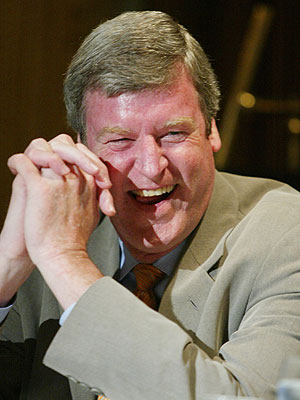
Tom Brennan is as Entertaining as They Come
Rush the Court: Let’s talk a little bit about your career arc. You’re an east coast guy who grew up in New Jersey. How did you end up down in the South in Athens, Georgia, in the early 70s playing ball — what was that like?
Tom Brennan: Segregation. I can answer you in one word. Segregation. Seriously. I loved going to Georgia, I loved every minute of it. We had a coach [Ken Rosemond] from North Carolina who was on the ’57 championship team, and he was an assistant — he and Dean Smith were Frank McGuire’s two assistants. Dean Smith got the Carolina job, and my guy got the Georgia job, and he really felt much like McGuire, that he wanted to get players from the North. He felt the competition was better and that basketball was more important up this way. But really, I’m not naive, there’s no way if it was ten years later that I think I would have been recruited to Georgia. I think I was a Division I player, I mean I played in the SEC, and I would have gone somewhere and I could have gone a lot of other places besides Georgia, but honestly as I look back on it now, had integration been in play, I probably would have gone somewhere in the East. I loved when I visited there. He saw me in some all-star game, and I happened to have a good game, and so I just went down to visit and I really liked it. He was going to get it going, and they had the same building [Stegeman Coliseum], honest to God, in 1967 that they have now. They still play in it; they’ve upgraded it. But back then it was like off the hook, it was like from Mars. We had a lot of northern guys, and I just loved going to school there, made a lot of great friends. Matter of fact, I just got off the phone with somebody I’m going to go spend some time in Maine with, who was our manager during my time there. You know, I was the oldest of seven kids and I kinda wanted to get away. I thought it would be like an adventure, and it kinda turned out to be that way. I just think, and I don’t say it as a wise guy, I just think if it had been 1977 [rather than 1967], it would have been a lot different.
RTC: It’s a beautiful campus — the Georgia campus — and I’ve been to the arena you’re talking about. I’m just wondering, Vandy was one of the first schools in the SEC to integrate in the late 60s… were there any other schools at that point that were integrated or was it pretty much still all white?
TB: It was pretty much all white. Perry Wallace [the first black SEC basketball player] was it for Vandy, and he was a stud. He was a really good player, and I mean, you had to be a special guy to do it. I don’t think there’s any doubt about that. And then when I got there, the first African-American came to Georgia. His name was Ronnie Hogue, and it’s a cute story because when I was a senior, he was a sophomore, and I was starting the first couple of games. And he replaced me and got 43! [laughter] [Don’t tell Coach B, but Hogue actually scored 46 points!] And so I became a contributor! And you know what too is interesting, at that time, my brother who is now a PhD psychologist, was in Vietnam, and we had integrated at Georgia and we had the first African-American player, and I wasn’t even in tune to anything. I’m thinking now as I look back on Vietnam, I should have written my brother a letter every day. Every single day. I just didn’t even think about it. It was kind of the same way with Hogue. He was just a good guy, a really good guy, and being from New Jersey, I’m thinking, what is taking so long [with respect to integration]? How is this even an issue? When are these people gonna figure out that we all are created equal and if a guy’s good enough to play, it shouldn’t matter what he looks like or what his background is. I never really took it seriously. And then I read a book about all the athletes that were the first to integrate, and Ronnie had some interesting comments in there, and there were things that I didn’t think about, but I wasn’t black. I’m thinking, sh–, I never even thought about that, I never even thought to say to him, are you doing ok? I was just trying to beat the guy out! And he was a good kid, it wasn’t like he was a pain in the ass at all. It wasn’t real prejudice, but he was just a player, and I was a player, and we tried to treat him as well as we could. It was such a historic thing but I didn’t know it. I didn’t have any kind of frame of reference about that at all. It was neat being a part of that. I’m proud of being a part of the first integrated team at the University of Georgia. I’m not sure if they had a football guy yet — I think maybe they did. I’m not 100% sure about that, but I know Ronnie was the first black basketball player. [Georgia had five black football players enroll in the fall of 1971.] You know, we were boys and we hung out. The thing is that there was a big black community in Athens, and it wasn’t socially mixed so much, but there was a lot of places he could go and there was a lot of people he could see, and he was really obviously a hero to all those people and I certainly understand that.
Read the rest of this entry »

































